Fast 50mm lenses offering for Leica M mount has flourished these recent years with the appearing of Chinese lens manufacturers. A lot of them have proven to be very nicely made and pretty consistent optically, but all of them seem to come with thier own set of drawbacks too. Often, the size and weight being the first one, then sharpness wide open often unimpressive. But the price / performance ratio seem to be pretty hard to beat with all of these. Mr.Ding has been in the lens manufacturing market for quite some time in various projects (lens conversion kits, sold by funleader, etc). But he has remain pretty silent and undercover until he finally pushed out his first all new all original 50mm lens, the Mr.Ding Noxlux 50mm f1.1.
The first batch was released late 2021 under the Syoptic nickname. The lens design was this: supercharged 50mm lens with f1.1 aperture and pretty compact form factor. The lens aesthetics was borrowed from the Leica Summilux 50mm f1.4 ASPH, so looking real nice, and the optical formula was said to be a mixed and optimized version of the Voigtlander Nokton f1.1 / Leica Noctilux f1.0. Relatively simple double gauss based design with no aspherical elements. The price point was pretty impressive, somewhere around 300€/US$.
The release of this lens was pretty silent, but I was lucky enough to grab one (Serial number 0013!) and to my surprise, it quickly became my favorite 50mm lens on the M system for a few key reasons: sharpness wide open was really good at long range (from 1.5m), bokeh was the creamiest ever, size was impressively contained, and build was on par with what Cosina lenses were proposing. A few things bothered me though, the reversed aperture ring was the first, and the recessed thread filter was another one.
Mr.Ding being a perfectionist person, he seemed to be willing to improve his design further, taking into consideration what his first customers reported back. And here we are now, with this new version in hands aka version 2.1. Let’s see what has changed and what has not. I will try to do a real life review as I usually do, with this new “matured” version.

Build
From the outside, a lot of things have changed since the version 1. In hands, the mechanical design now seems to be much refined. The tooling is more precise, the finishes are top notch, and no more screws are visible from the outside. The silver version I have is really nice and rather matte looking for a silver finish. I usually am more into black color lenses, but I easily admit this silver lens looks gorgeous on any black camera.
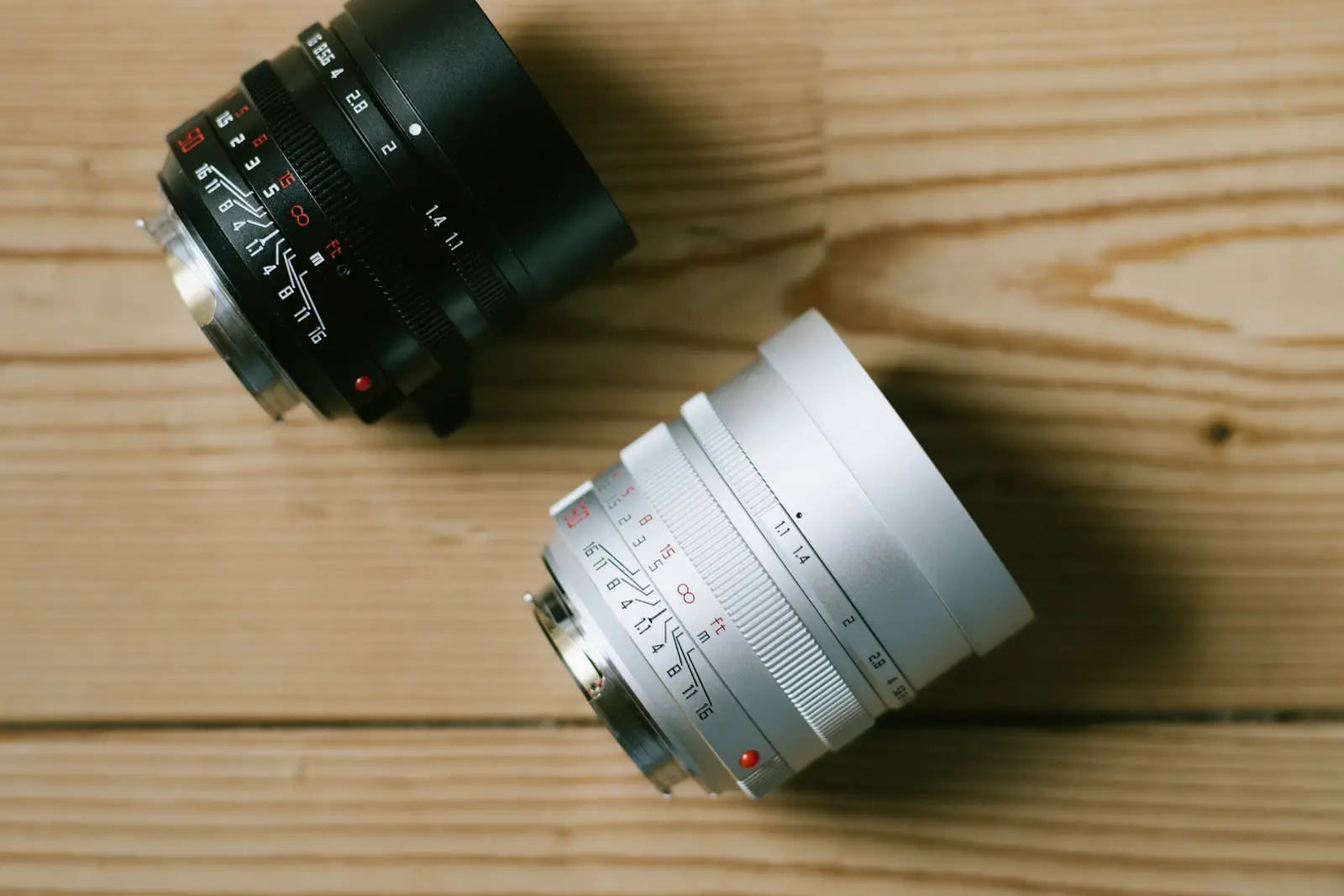
Now to the feel of the lens in use. The focusing ring is perfect. It’s butter smooth, a bit on the stiff side, but this is actually good to me as focusing is critical with such a fast lens. The slight stiffness allows me to make very precise and small adjustments. The aperture is now turning in the correct direction, yay! It also feels good, nicely clicked, but I can sometimes hear a slight sound of rubbing metal. It seems that my lens has a small bit of its aperture ring touching the “nose” part of the lens, producing that noise. Nothing dramatic, but worth mentioning.
By the way, one of the best improvements in this new version from a user standpoint is this nose part. On the version 1, the 52mm filter thread was pretty recessed in the lens, making it not really convenient to use filters (and I do use NDs with such fast lenses). That was pretty bothersome. Now on the v2.1, they adopted a 58mm thread filter (which I like) that is not recessed anymore. Instead, the idea is to have a detachable hood that has its own outer thread. This way, you can remove the hood to access your filter easily. You can also store the hood reversed, and this is a really smart design feature. Nice touch.
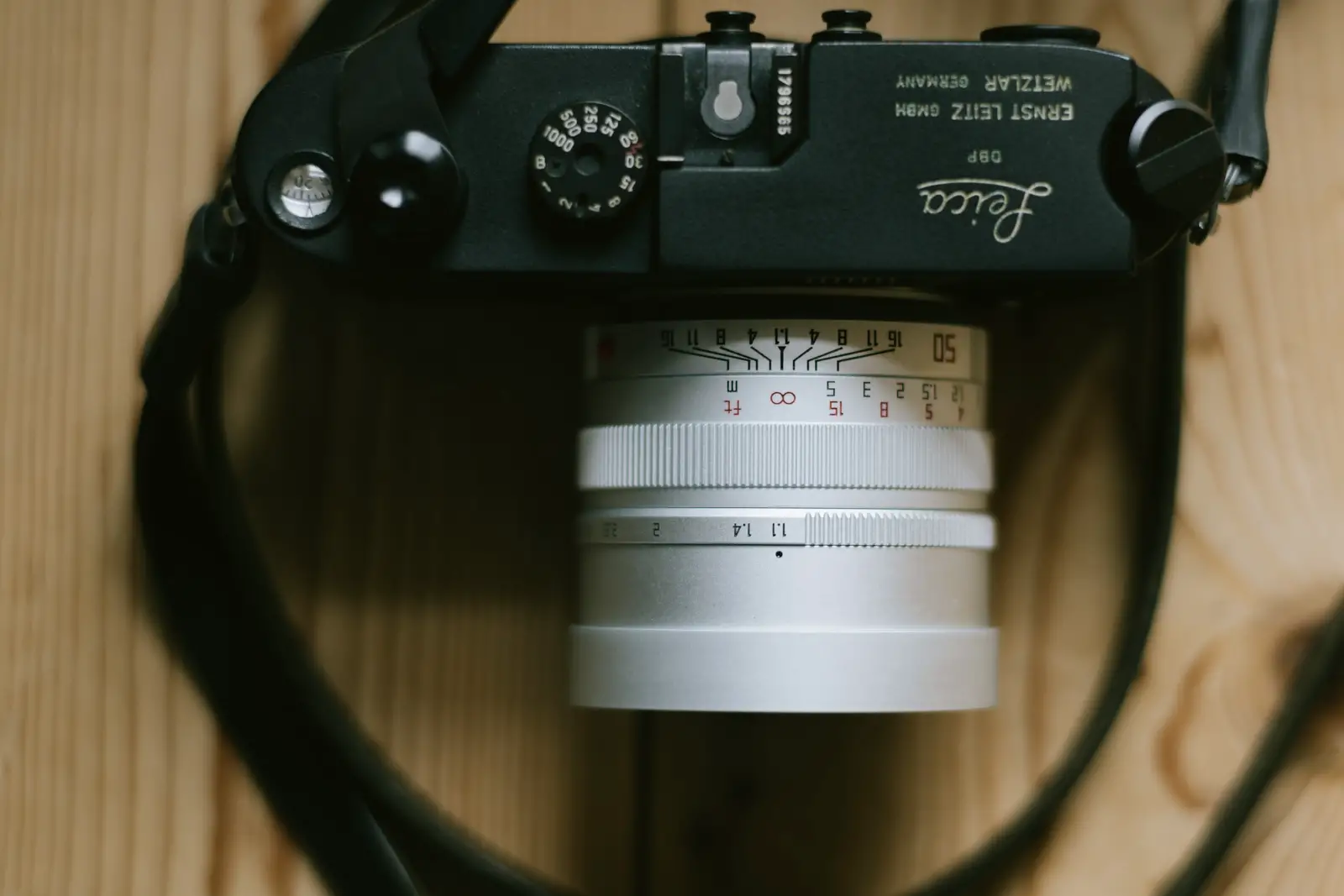
The last mechanical difference I spotted is really nice too and is visible from the back of the lens. The whole rangefinder coupling system has been revised and now is a “contemporary” parallel cam instead of the old helicoidal system used on the v1. These newer coupling designs are said to be more consistent and reliable for focusing accuracy. The lens is pre-calibrated from factory but it is still adjustable by the user. Which is best of both world as the pre-calibration usually is the Achille’s heel of most Chinese manufacturers. With Mr. Ding, this seem to be right out of the box. Well done!
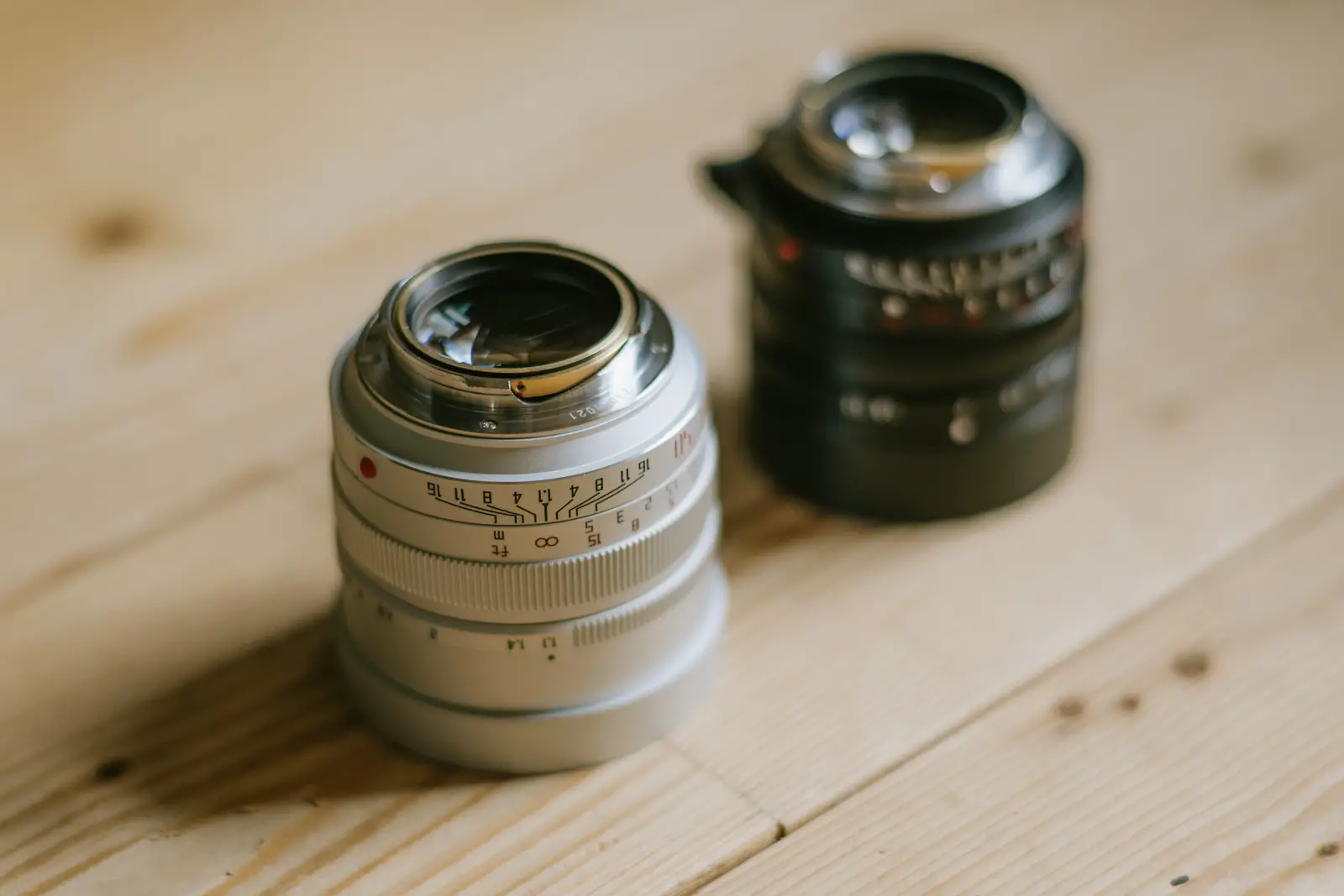
Optical properties
What made this lens so interesting to me in the first place was its rendering. One of the creamiest, if not THE creamiest lens of the M system, and this at some super low price point. Hurray. Only the sharpness at close range seemed to be somewhat flawed. How does this new version compares? Mr.Ding has said that new mechanical construction and tolerances allowed to improved sharpness. So let’s first compare sharpness of version 1 against version 2.1. These pictures are made with the beautiful Nikon Zf, with hi-res stacked files.

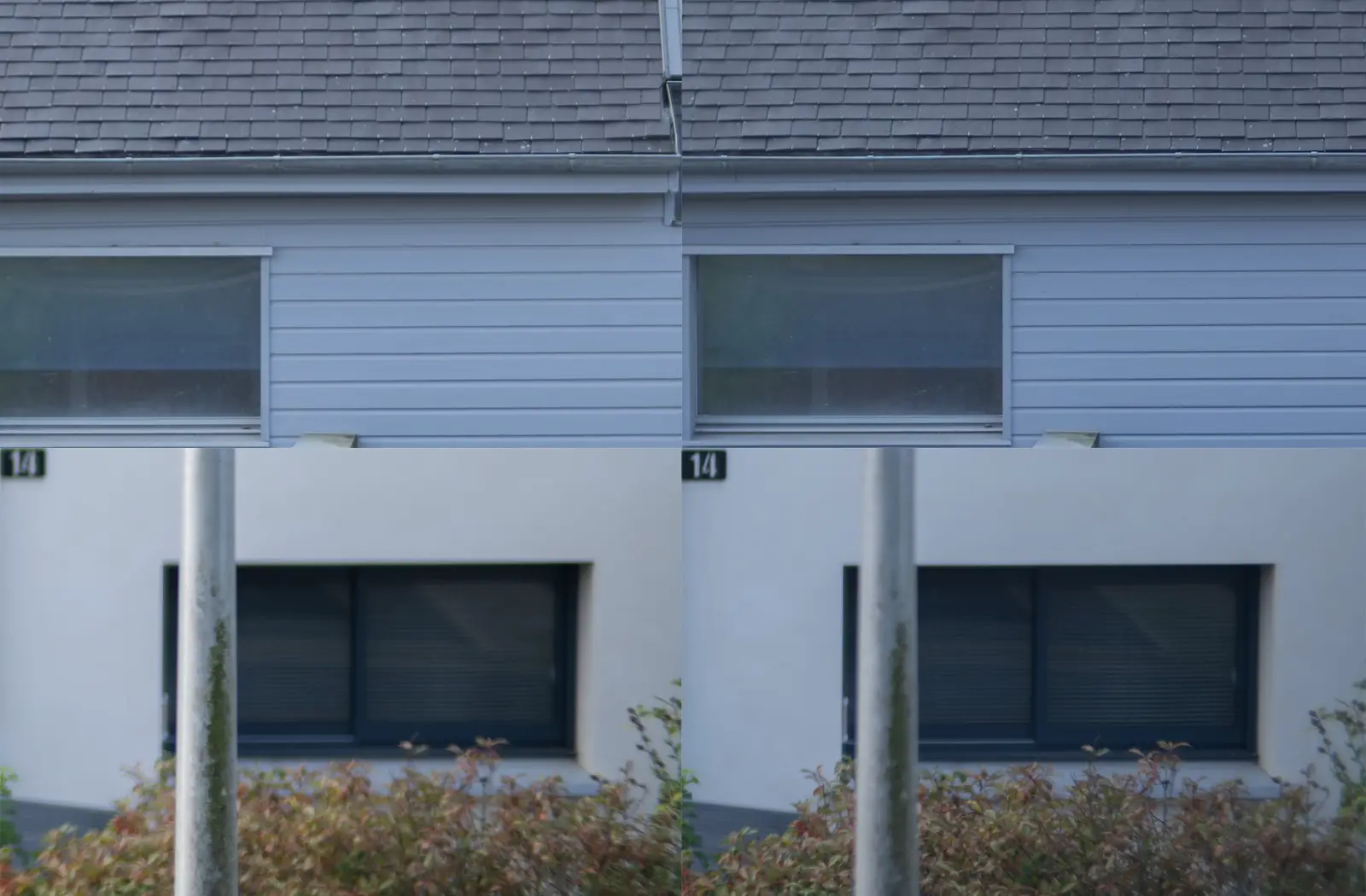
Conclusion? V2.1 sharpness indeed is globally improved. I mainly noticed two things. 1. My v1 lens seems to have some decentering as the left hand corners tend to be generally softer than the right hand corners. The v2.1 lens seems much better in that regard. Also, the center sharpness at long range really is rendering finer details on the v2.1. At close range, the difference between v1 and v2 is less obvious and you will need to stop both lenses down a bit. At 1.5m, I like to close them at f1.7 while under 1m distances, I found that f2 is a safe setting. That being said, shooting close-ups at f1.1 works GREAT for moody shots, it gives a nice and flattering smoothness.
This lens surprised me also with how sharp it becomes at f5.6-f8, from the center, to the corners of the frame. This lens is totally capable of shooting landscapes for me. It is pretty versatile in that regard.
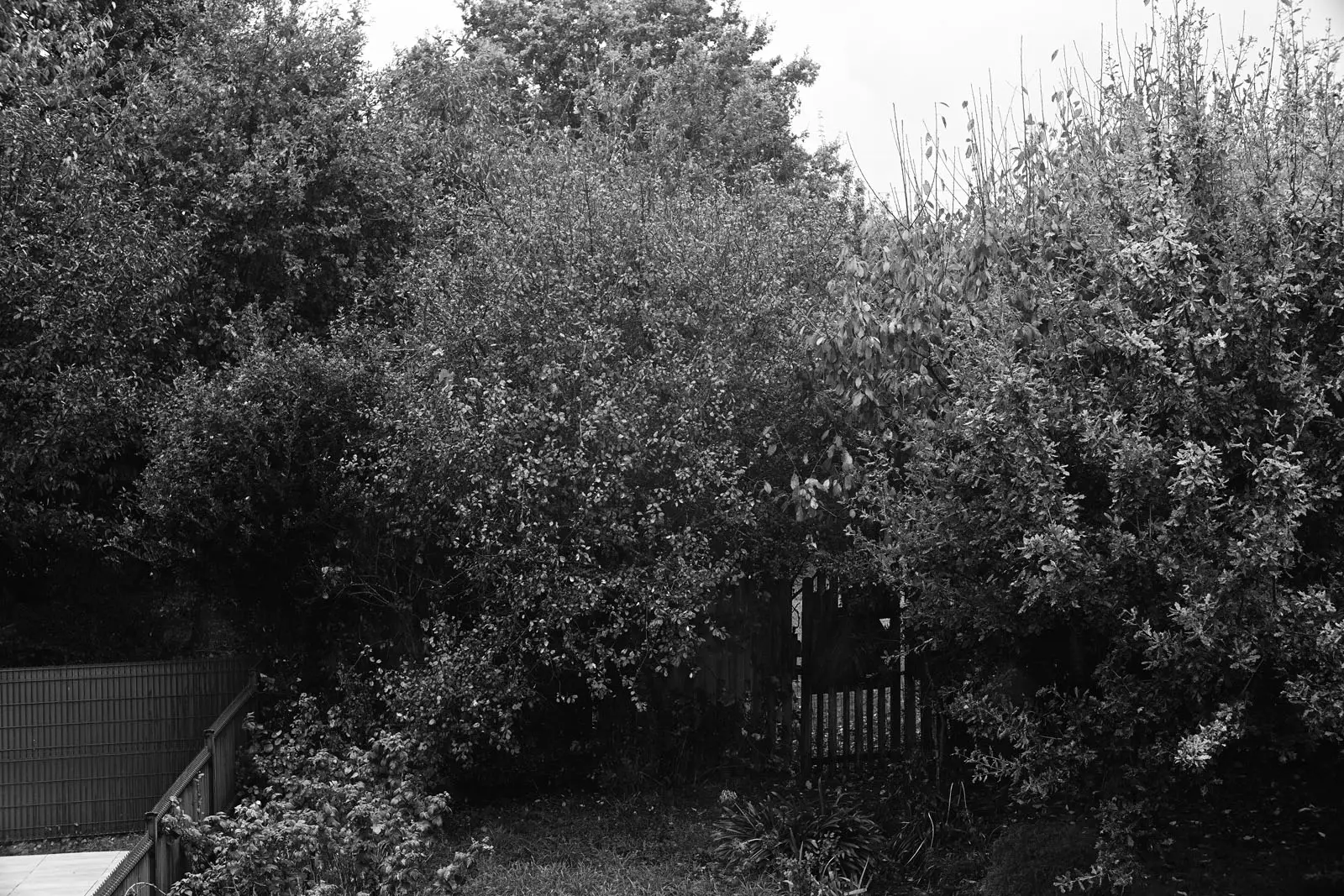
That’s about it for sharpness. But what about rendering? These fast lenses are meant to be shot wide open for mostly one reason: character, bokeh, 3d pop… And this lens doesn’t disappoint a bit. I have yet to find a situation where this lens will render harsh bokeh. Seriously, it’s impressively smooth, at all distances. Even at long ranges, 3m, even 10meters away, you will still have a nice and consistent separation with great subject pop. It impresses me all the time and really makes pictures looking like medium format shots. I -love- it. Worth mentioning also, the lens has a tendency to flare with strong back-lit subjects, when shot wide open. This reduces contrast significantly in some situations. Sometimes I find it annoying, but sometimes it just adds character to the pictures. Anyway, when light is just right like during this morning walk, this lens makes pure magic:
Digital use
On digital cameras, a lot of care will be needed to achieve critical focus wide open. On Leica cameras, I wouldn’t risk using this lens with the optical rangefinder, calibration of such lens being too critical, and errors too easily made. Instead, I found really more comforting to use it with an EVF. Most mirrorless cameras now allow to zoom in the picture to make critical focus adjustments and I found it more usefull than focus peaking for example. The BEST way I found to make things even easier was to use the smart TTArtisan 6bit coded adapter. It tricks the camera believing it is an actual lens with electronic contacts, and thus provides focus confirmation informations.
On my Nikon Zf, the green confirmation appears very precisely and I always had spot on pictures without even zooming in. This, plus the fact that the Zf can actually track subjects even with manual lenses, makes manual focus much easier than ever before. I feel like this combination will be a winning one in a lot of situations.
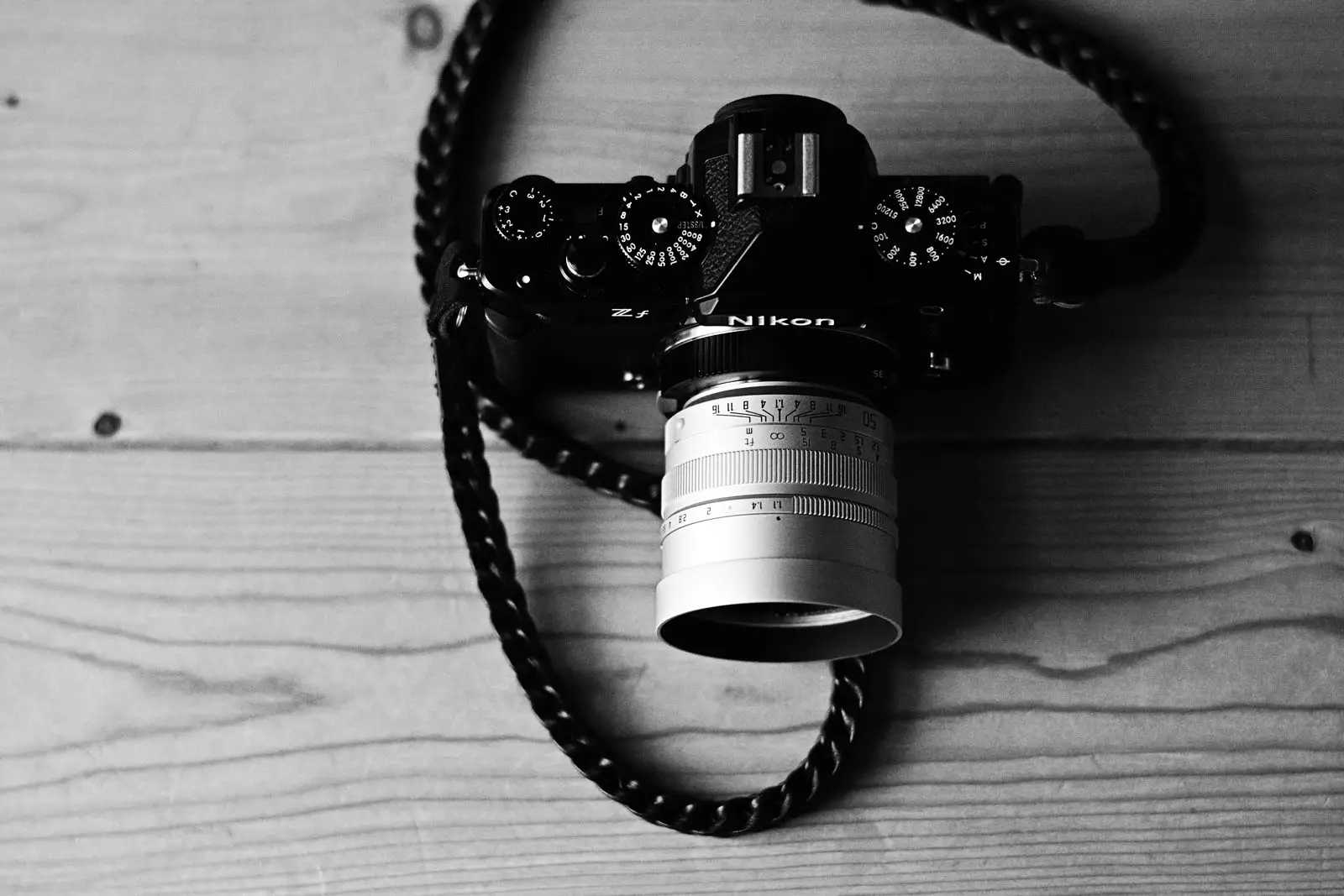
There also is the possibility to use autofocus adapters that move the whole lens back and forward to make focus. I have the Megadap MTZ one, and honestly don’t find it very quick or accurate. YMMV, and I heard the new Techart is apparently much better. I would love to hear your feedbacks about that one if you own one.
Anyway, this lens gives an organic feeling to digital pictures like no other. It’s brilliant.
Film use
Using this lens on film is a pretty different experience overall. First, be sure to use a rangefinder that has a large base like the M3, or use a viewfinder magnifier like I do (the Leica x1.25 is superb). That way, critical focus is much easier to perform and your hit rate will significantly improve. Also, I generally find that film is much more forgiving, and this is because medium speed film I use has much lower resolving power than average digital cameras with 24mp. So in the end, making sharp pictures with film isn’t necessarily harder than with digital cameras, even without an EVF.
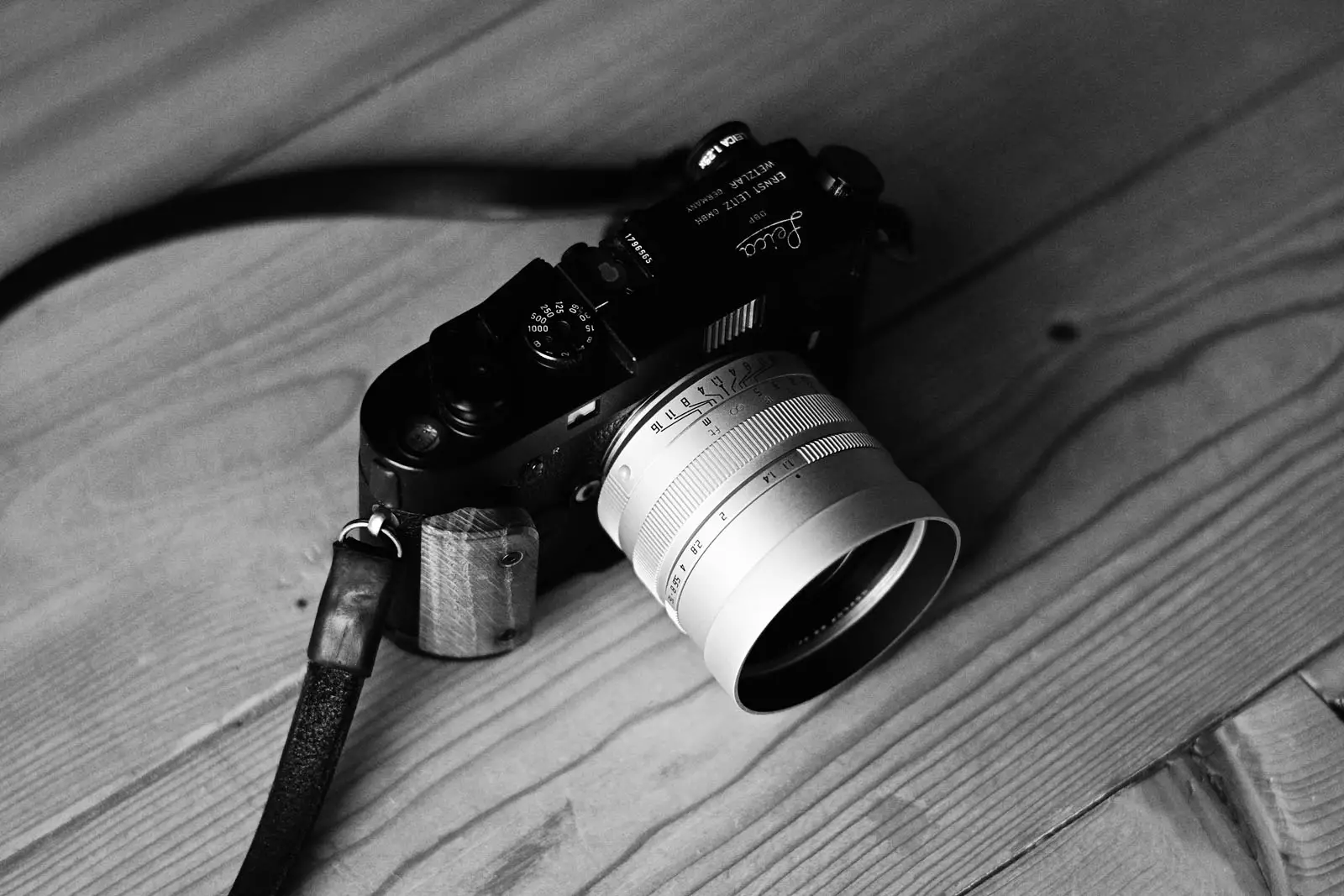
The major drawback of such lens if you only own a film camera is that there is no other way of making sure that the rangefinder coupling cam is properly calibrated than running a film through it. Mine seems to be fine right out of the box, hurray, but if you need to perform a calibration, it is a pain if you don’t have professional tools, or a digital rangefinder camera to be able to fine tune your setting by iterating the operation. The loupe and tape on the film gate technique is NOT accurate enough for such fast lenses.
This is why I always encourage manufacturers like Mr.Ding to take good care of pre-calibration if possible as they do have the tools to do it, even if it has to make the lens a tad more expensive by spending more time on each lens. I’m sure we all agree that a perfectly calibrated lens from factory could be sold 20 bucks more. And this would save so much time and pain to many people.
More pictures

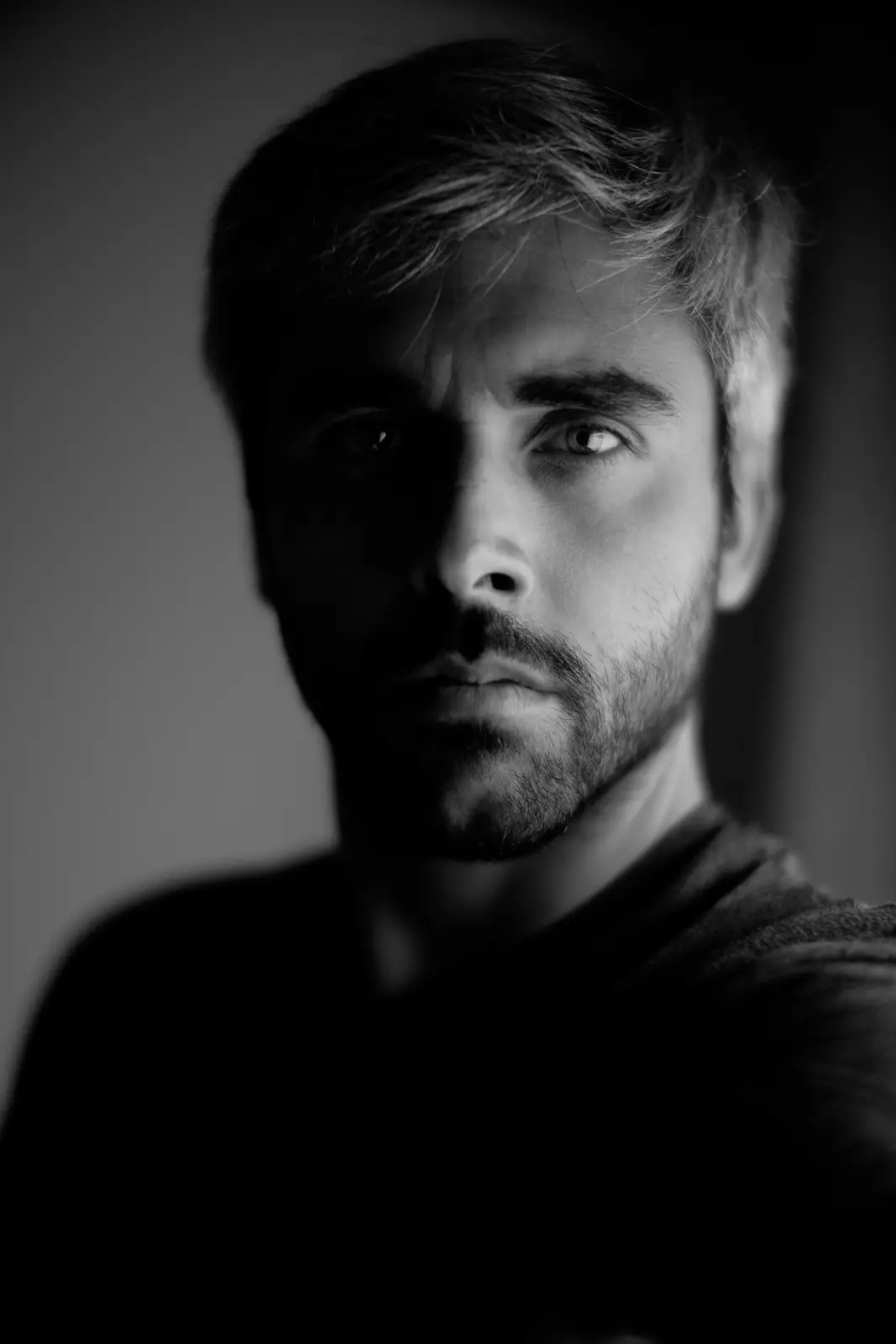
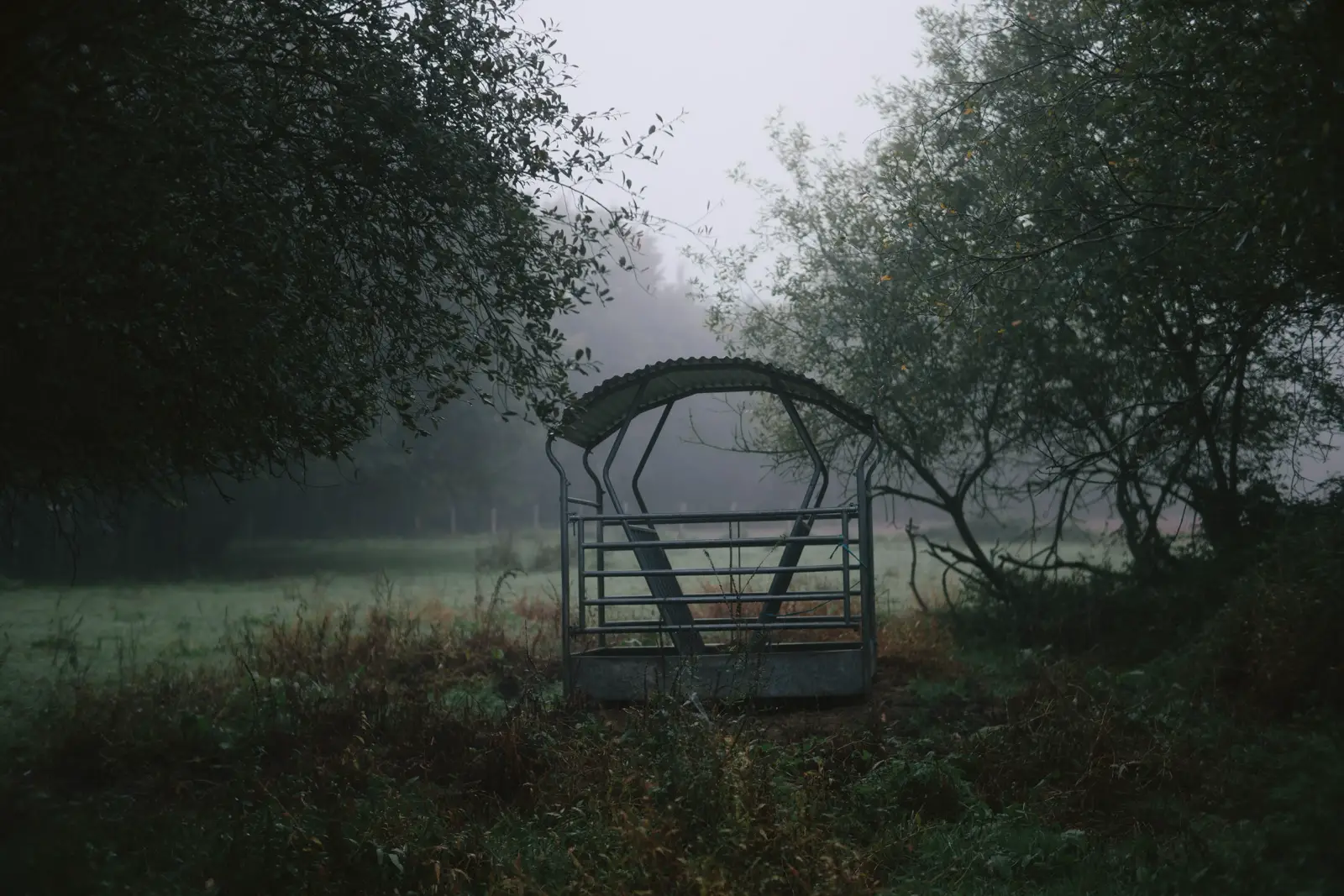
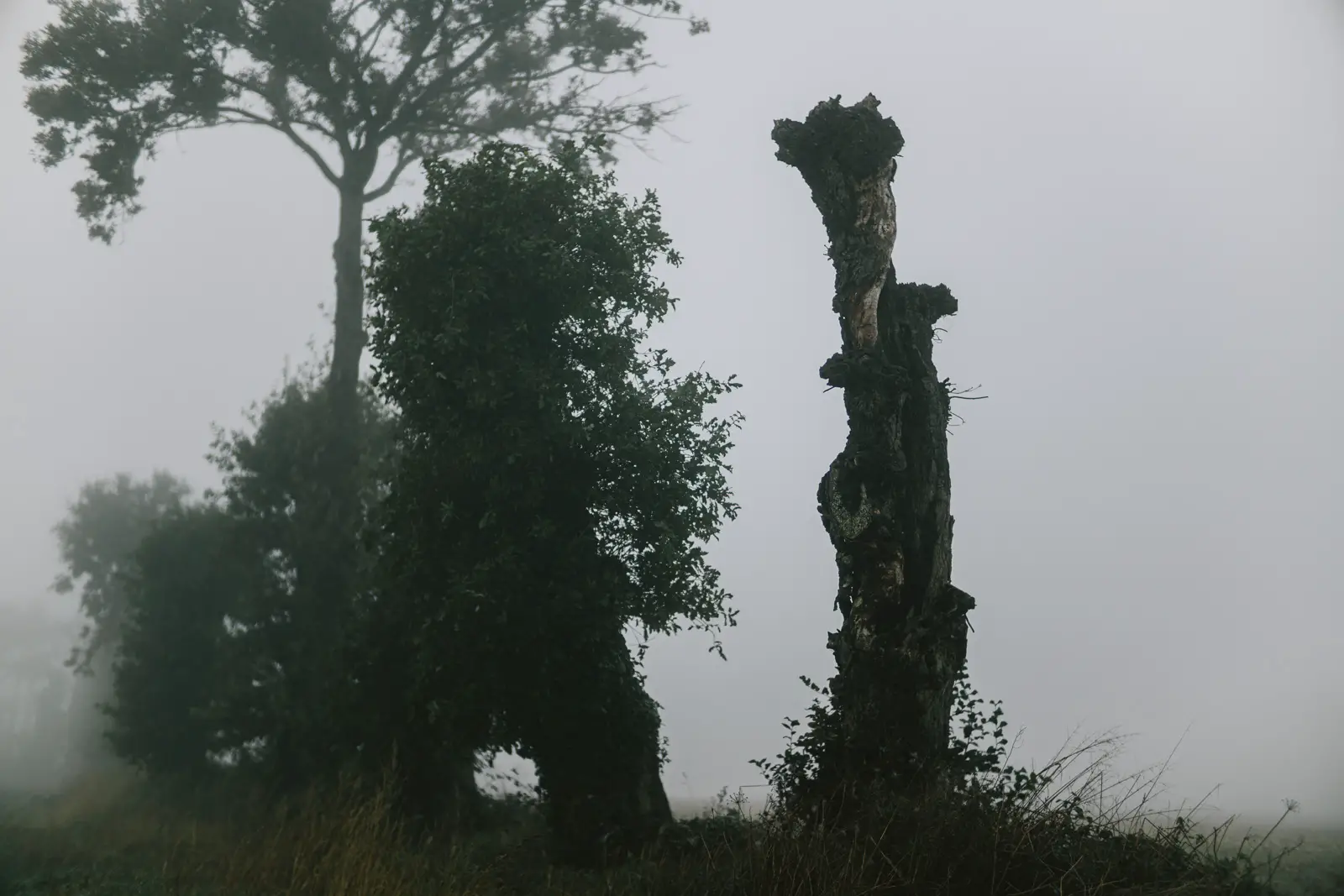

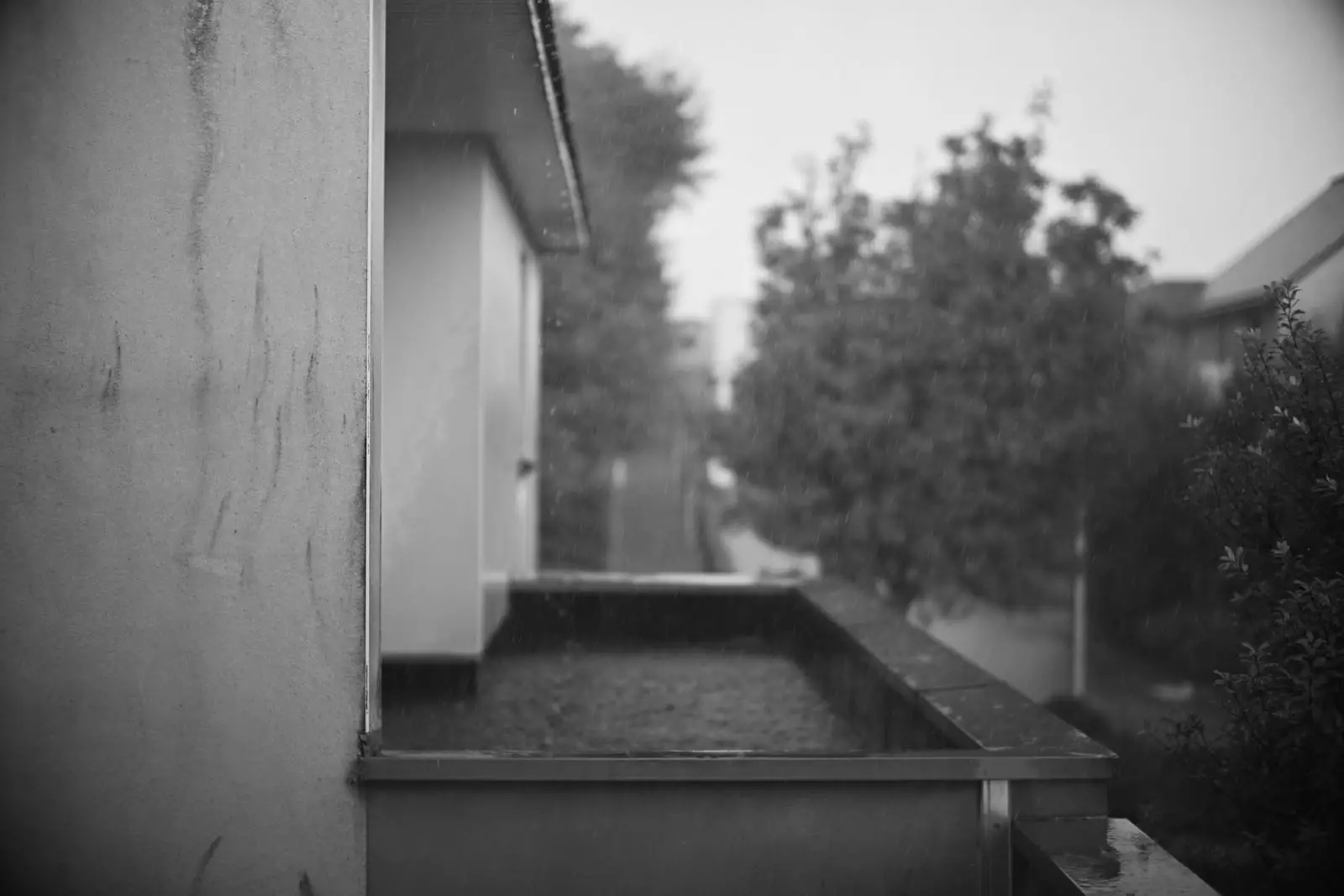
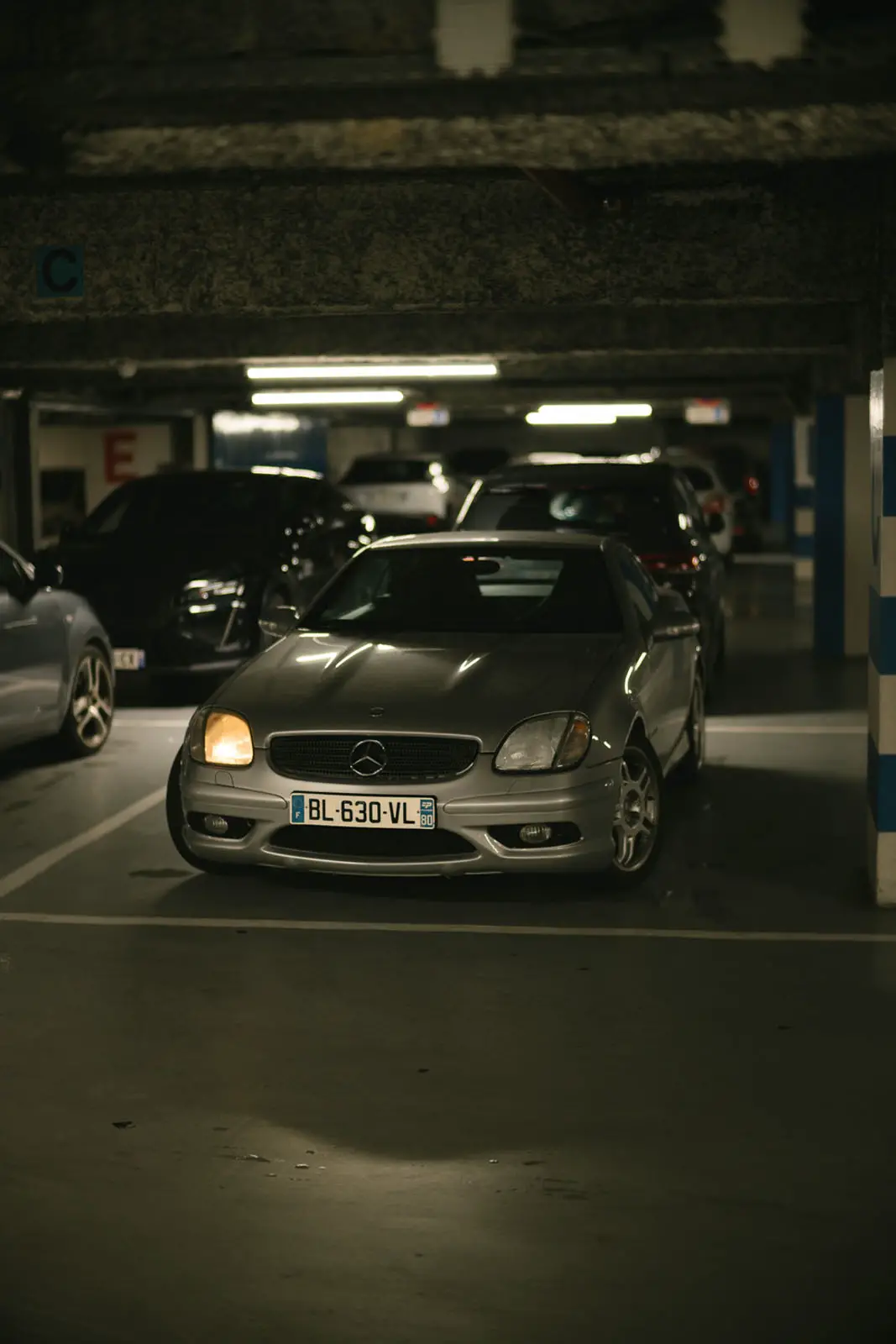
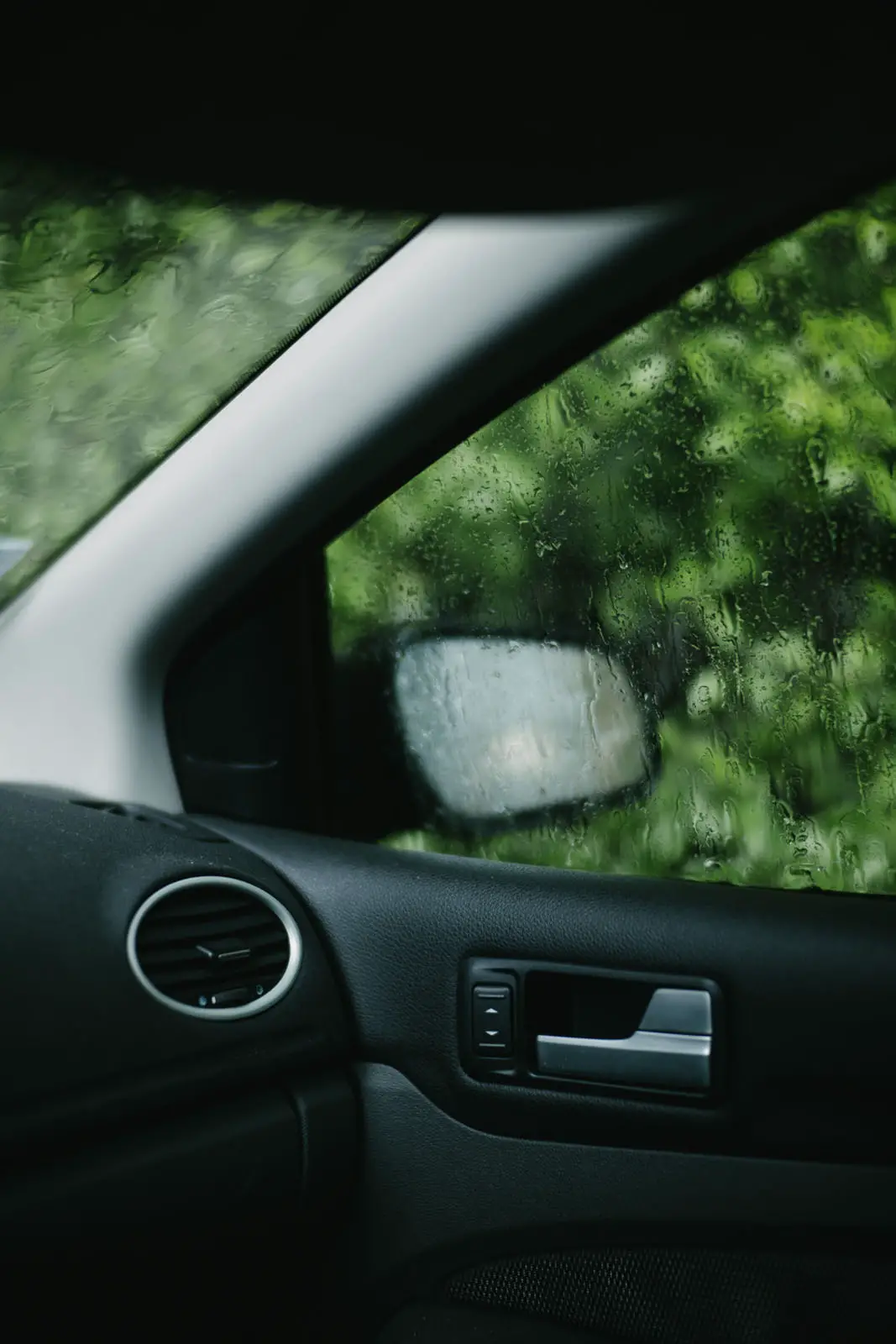


Mr.Ding Noxlux 50mm f1.1 Pros and Cons
Pros:
+ Awesome rendering. Its character is pretty amazing for the price you pay.
+ Relatively compact size, for real. Its length is impressively short, and its diameter is pretty good too considering the 1.1 fast aperture.
+ Detachable hood with easy to access filter thread.
+ Beautifully built.
+ Comes in black or silver.
+ Very nice color saturation.
+ Possibility to fine tune the rangefinder calibration.
Cons:
– A lot of diffusion bellow 1.5m. Perceived sharpness is impacted.
– Rubbing metal sensation with the aperture ring.
– Maybe a bit too sensitive to flaring wide open.
– Rangefinder calibration wouldn’t have to be touched in a world where all lenses would be spot on out of factory.
Conclusions
A few words to conclude about that Mr.Ding Noxlux 50mm f1.1 . Since the first version of this lens, I really have trouble to find another lens that can render like this one. You might (and will) find sharper lenses than this one, smaller ones and faster ones too. But this one, for me, hits the sweet spot with all these parameters and blends into one beautifully thought piece of glass that can produce stunning body of work if used properly. I like how versatile it is, and how three-dimensional it can render a picture.
If this lens was made in Germany, it would certainly cost a few thousands bucks more and be named similarly to Noxlux, with a few different letters. I kept this lens since its first release, the other M mount 50’s I used to have (one small and easy to carry, one big very large aperture) are gone as this one replaces them both pretty easily . Mr.Ding has made some great work with that lens and I hope he will pursue this effort with its upcoming, very promising, 35mm lens that I can’t wait to put my hands on, ha!
Check out my personal instagram, and if my Leica handles interests you, you can check my website or go on kamerakraft instagram. I do have some very exciting projects to come for 2024.
Share this post:
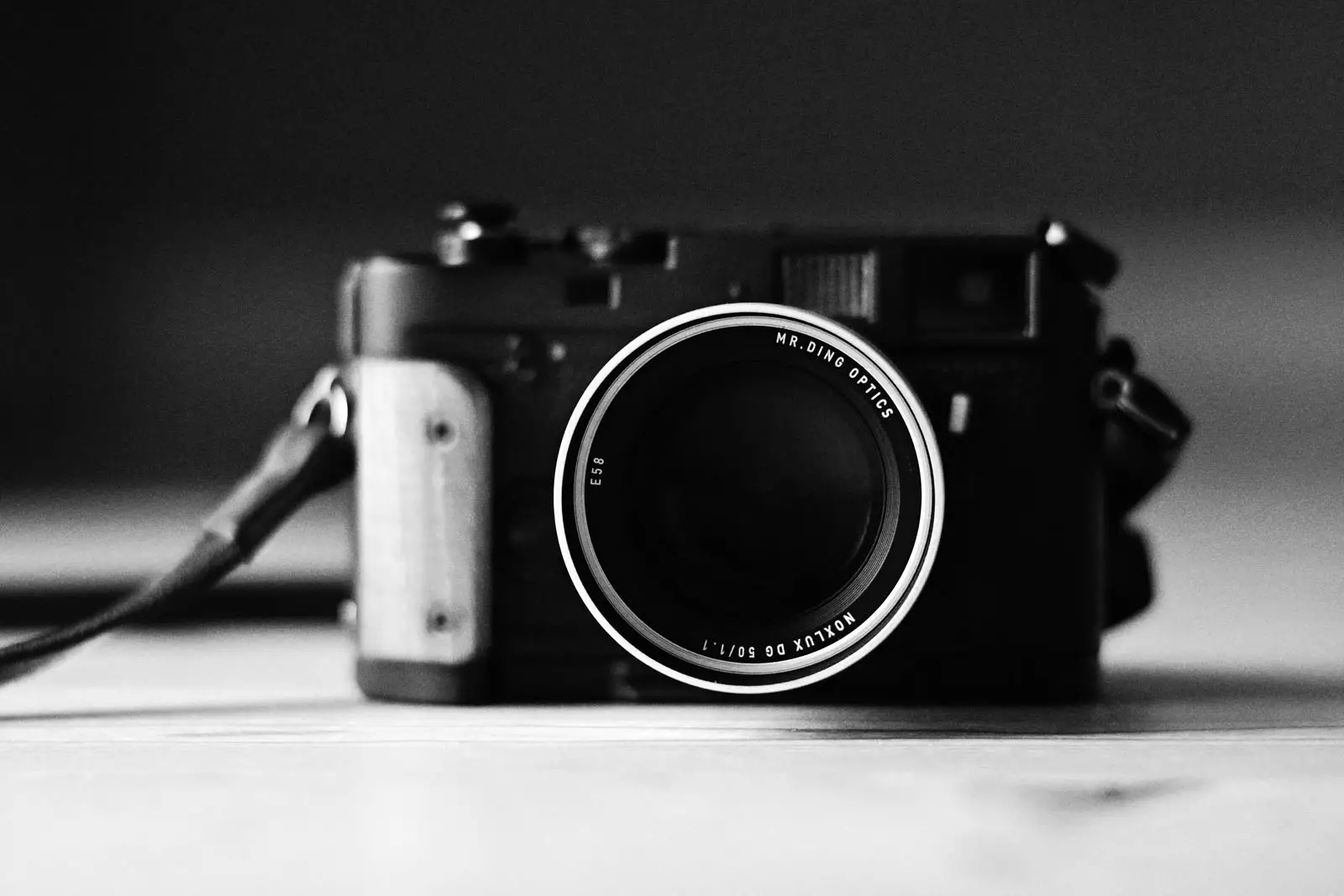

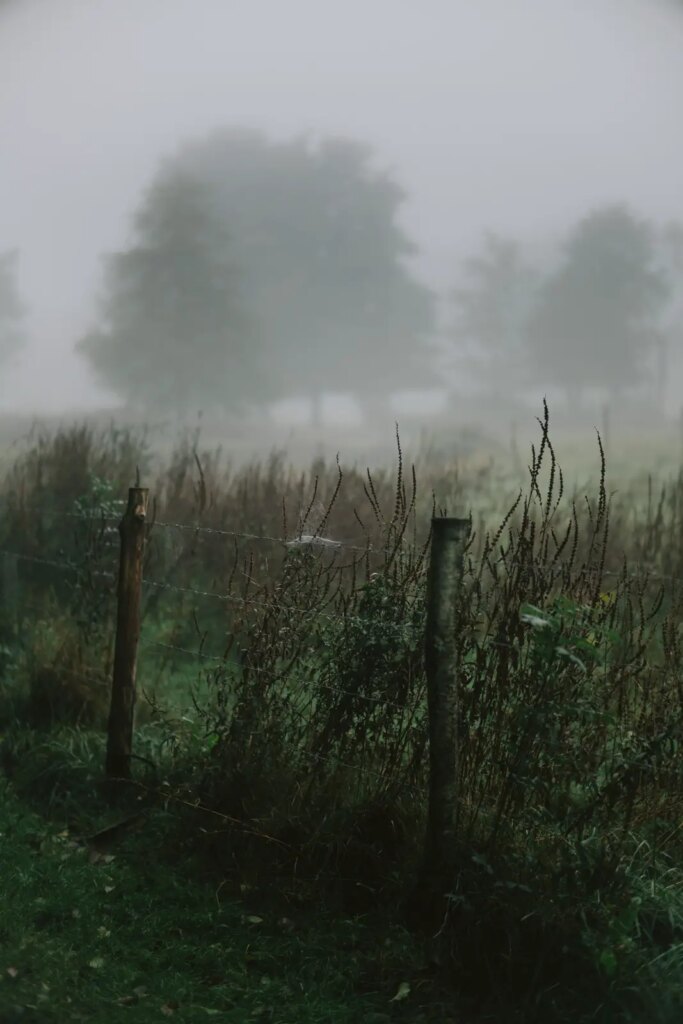


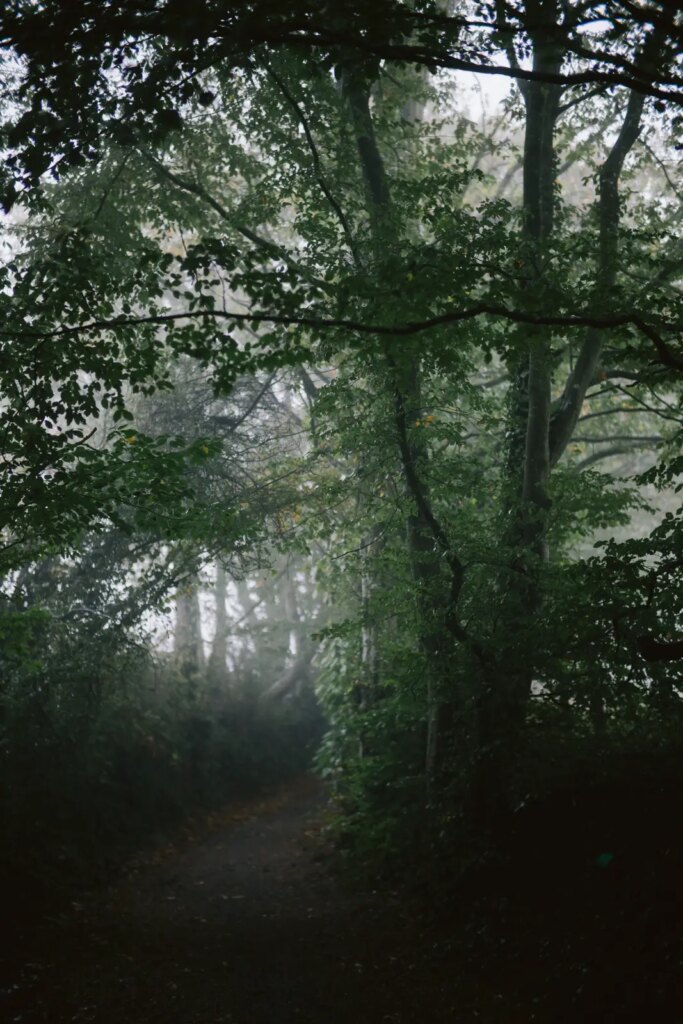
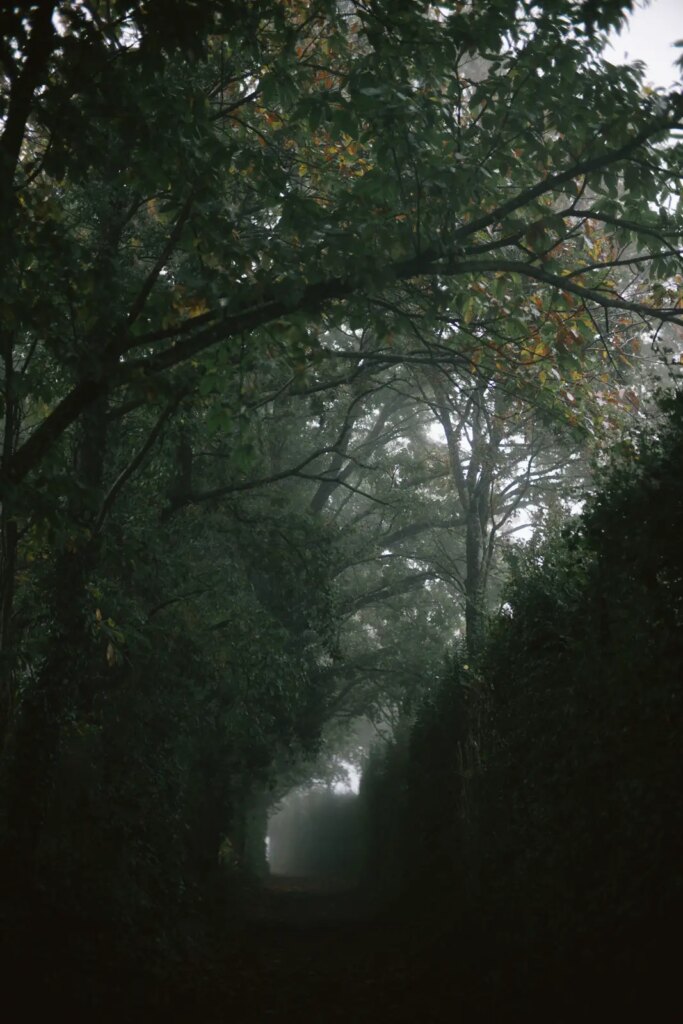
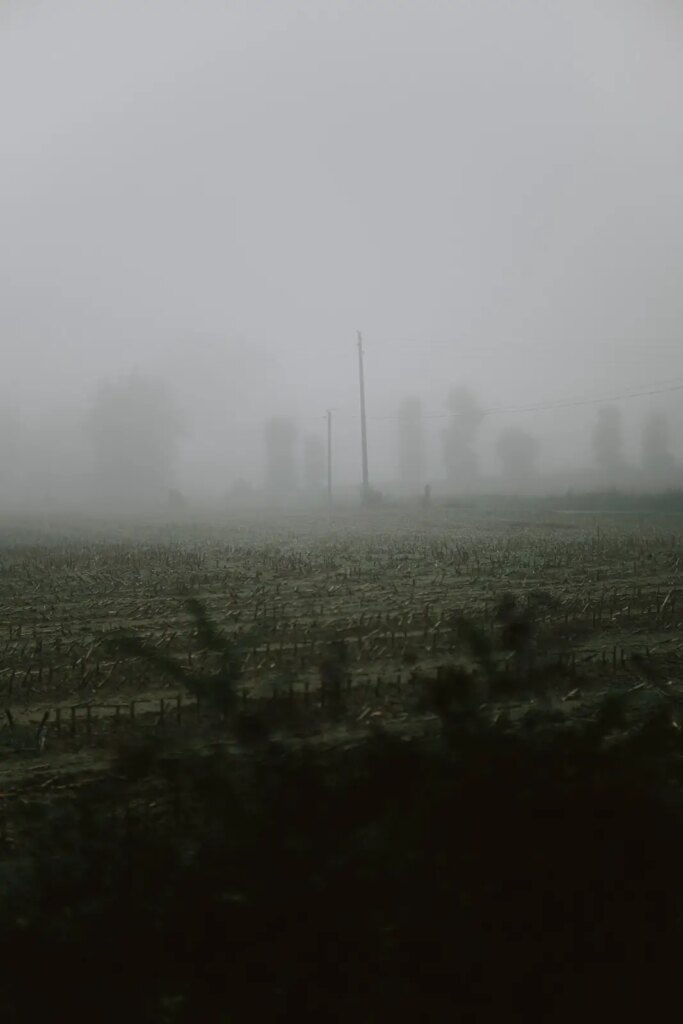
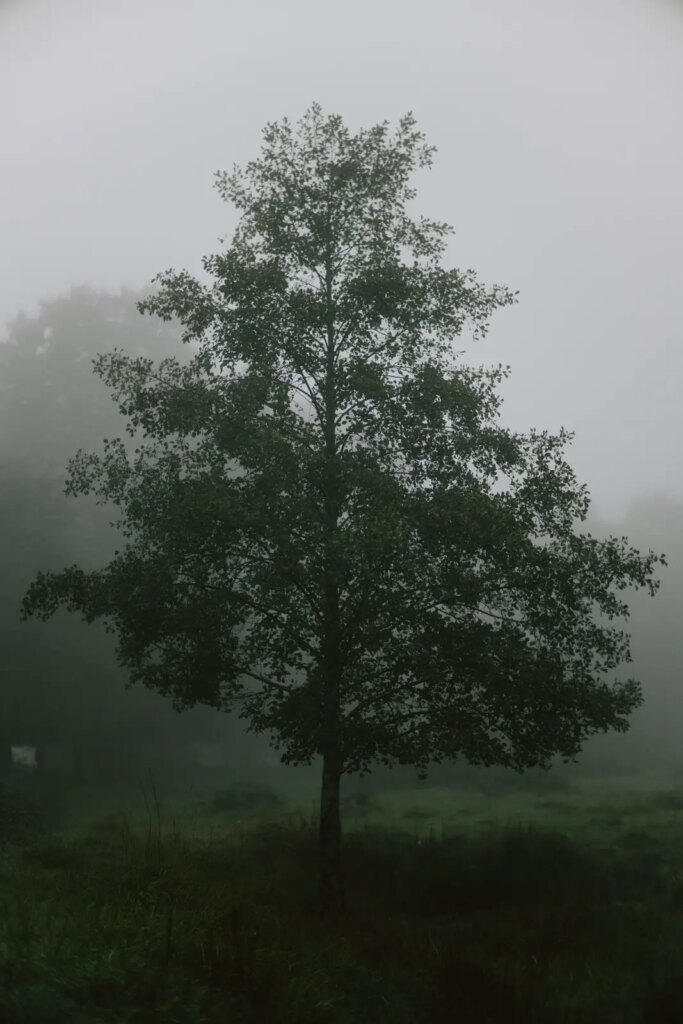
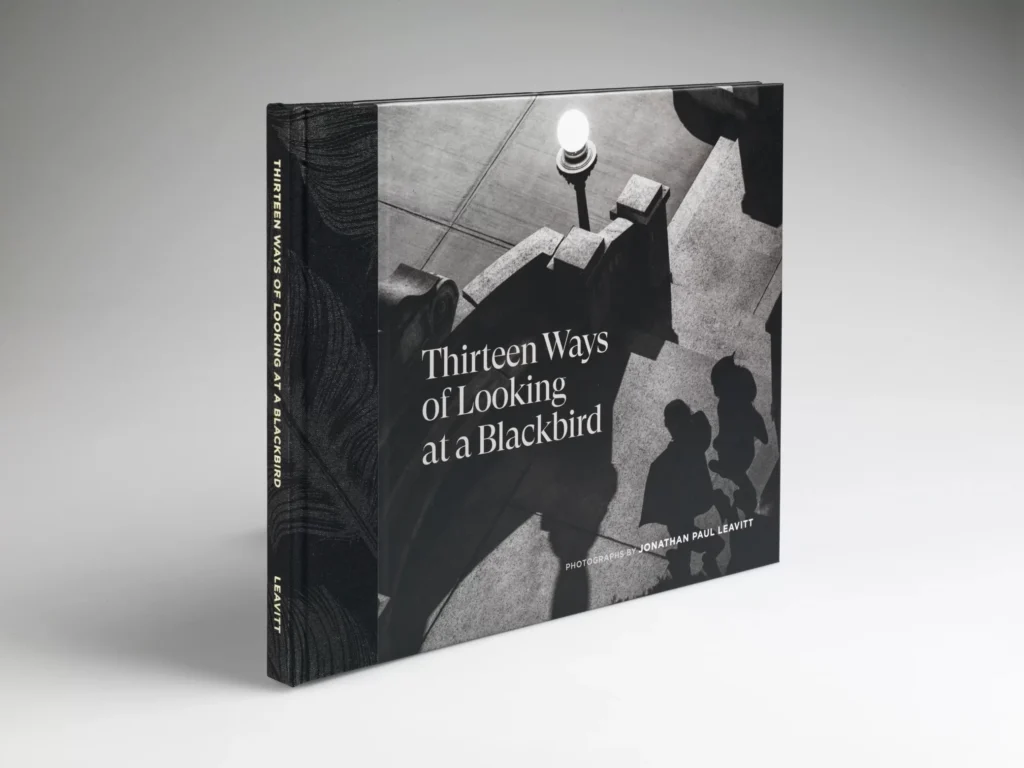

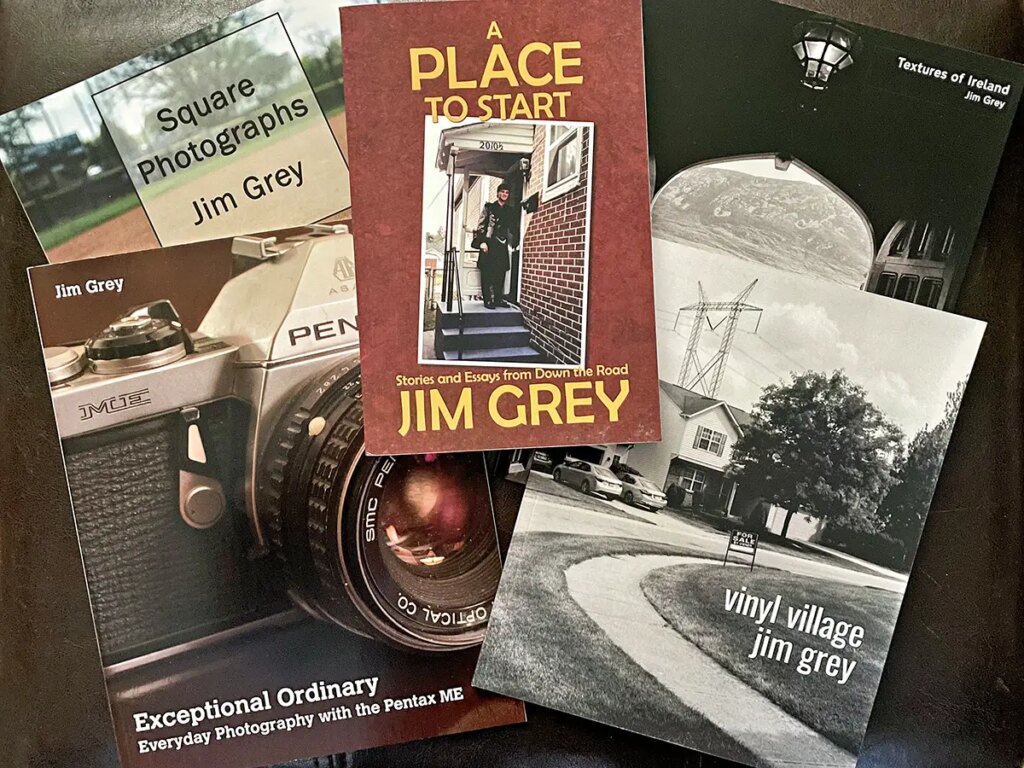
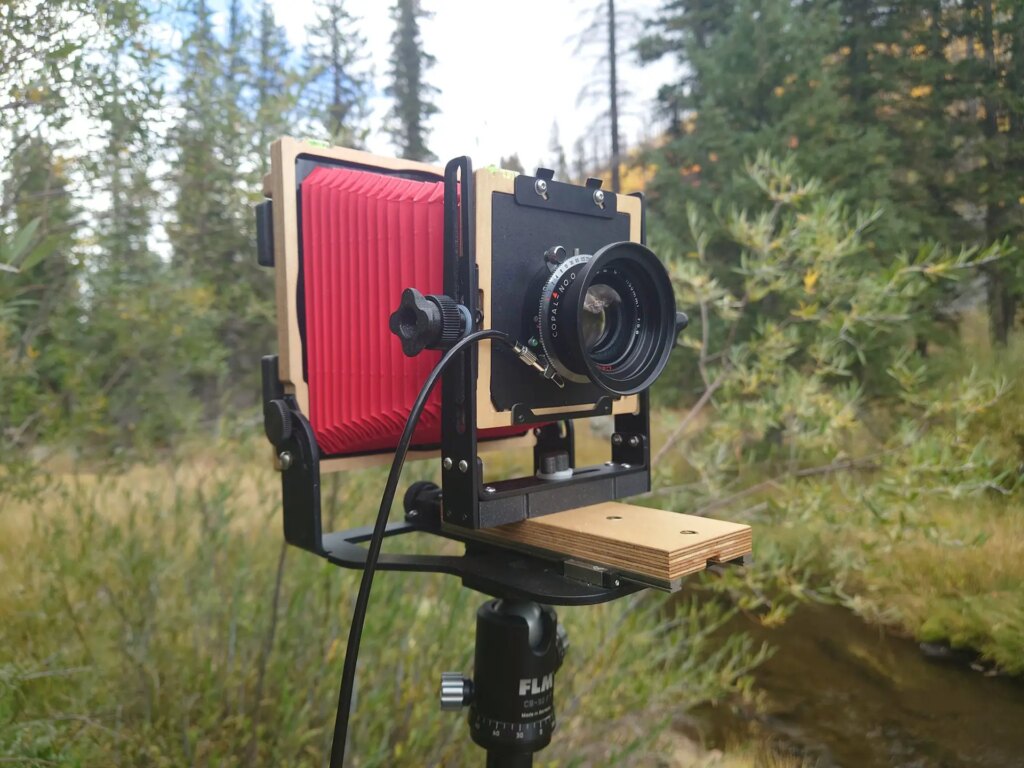




Comments
Eric on Mr.Ding Noxlux 50mm f1.1 review – by Vincent Bihler
Comment posted: 27/11/2023
Comment posted: 27/11/2023
Emil J Hach on Mr.Ding Noxlux 50mm f1.1 review – by Vincent Bihler
Comment posted: 27/11/2023
The Techart is essential to using manual lenses on the Z mount. It's not perfect, but if used for what it does well then it improves the look of all shots as well as allows to take shots that are difficult or impossible using manual focus alone. The thing is, no one's best focusing skills are any match for the computer in the camera. At times though, it is best to focus manually, then I just shut it off.
Adolfo Rozenfeld on Mr.Ding Noxlux 50mm f1.1 review – by Vincent Bihler
Comment posted: 27/11/2023
Comment posted: 27/11/2023
Comment posted: 27/11/2023
George Feucht on Mr.Ding Noxlux 50mm f1.1 review – by Vincent Bihler
Comment posted: 28/11/2023
Comment posted: 28/11/2023
Huss on Mr.Ding Noxlux 50mm f1.1 review – by Vincent Bihler
Comment posted: 30/11/2023
makofoto on Mr.Ding Noxlux 50mm f1.1 review – by Vincent Bihler
Comment posted: 19/12/2023